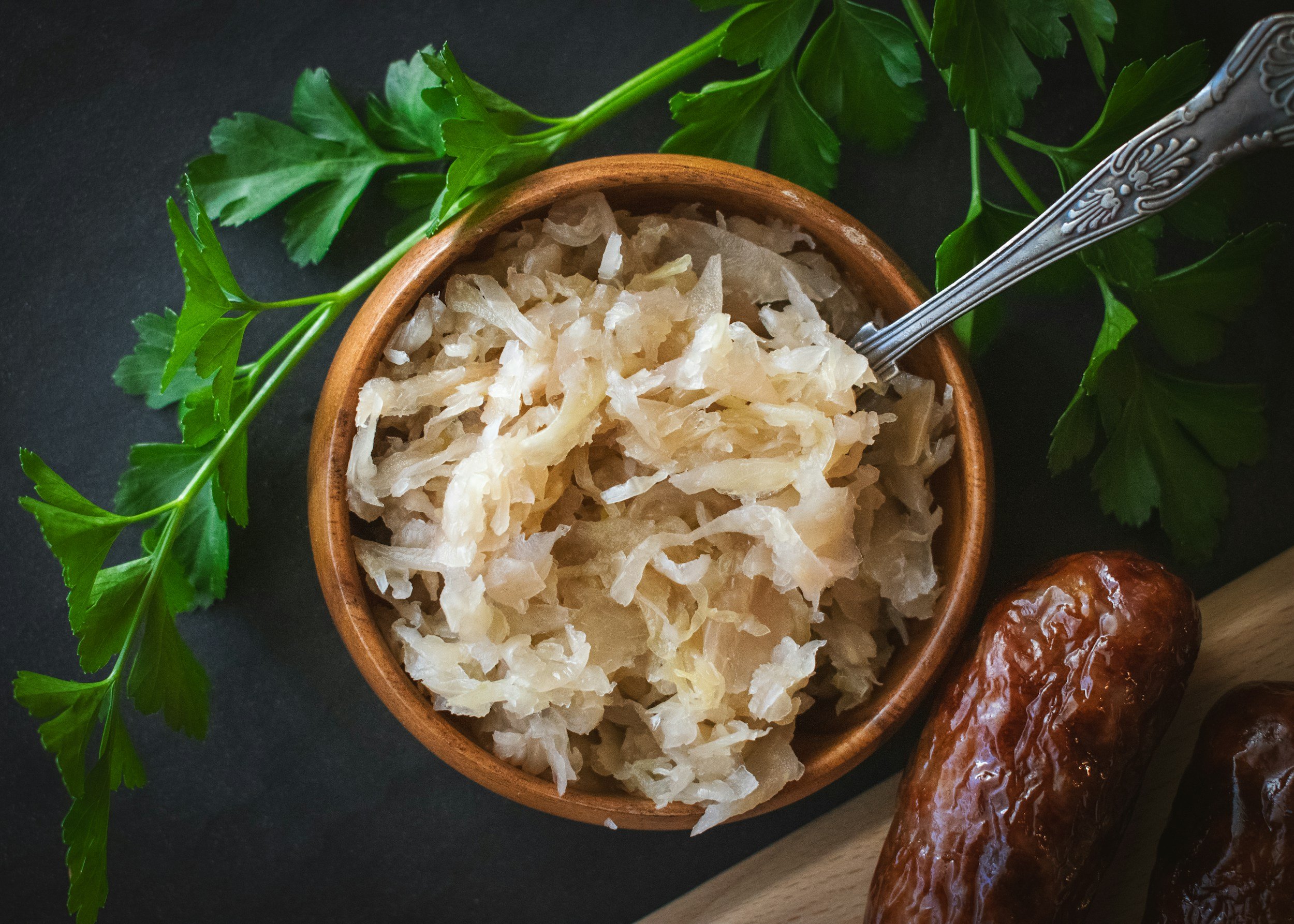Foods for Gut and Heart Health: A Symbiotic Connection
As February marks American Heart Month, it’s an excellent time to highlight how dietary choices impact not only heart health but also the gut—a vital component often overlooked in cardiovascular wellness. Emerging research suggests that gut health and heart health are deeply interconnected, influenced by dietary components that promote a harmonious gut microbiome and robust cardiovascular system.
The Gut-Heart Axis
The gut and heart share a bidirectional relationship often referred to as the gut-heart axis. The gut microbiota influences inflammation, cholesterol metabolism, and vascular health—key players in cardiovascular diseases (CVD). Dysbiosis, an imbalance in gut bacteria, has been linked to increased risks of conditions like atherosclerosis and hypertension.
Eating for both gut and heart health focuses on incorporating nutrient-dense, fiber-rich, and anti-inflammatory foods. Here are five food groups to emphasize:
Fiber-Rich Foods
Foods like oats, quinoa, barley, beans, lentils, and psyllium husk are rich in soluble fiber, which helps lower LDL cholesterol levels. Soluble fiber also acts as a prebiotic, feeding beneficial gut bacteria that produce short-chain fatty acids (SCFAs)—molecules known to reduce systemic inflammation and improve heart health.
Key Nutrient:
Beta-glucans in oats have been shown to improve cholesterol levels and gut microbiota diversity.
Fermented Foods
Fermented foods like yogurt, kefir, sauerkraut, and kimchi provide probiotics—live microorganisms that restore gut microbiota balance. Probiotics can reduce gut permeability, lowering systemic inflammation, a common precursor to heart disease.
Studies have shown that Lactobacillus strains in fermented foods can lower blood pressure and improve arterial stiffness.
Omega-3 Fatty Acids
Fatty fish (salmon, mackerel, sardines), walnuts, flaxseeds, and chia seeds are excellent sources of omega-3s. These essential fats reduce inflammation, improve endothelial function, and positively influence gut bacteria that modulate lipid metabolism.
Omega-3 fatty acids are also linked to a reduction in trimethylamine-N-oxide (TMAO), a gut-microbiota-derived metabolite associated with cardiovascular risk.
Polyphenol-Rich Foods
Dark chocolate (70% cacao or more), green tea, berries, and red wine (in moderation) are rich in polyphenols—compounds that act as antioxidants. Polyphenols can improve gut microbiota diversity and promote vasodilation, reducing blood pressure.
Polyphenols in blueberries have been shown to enhance the production of gut metabolites beneficial for heart health.
Leafy Greens and Cruciferous Vegetables
Spinach, kale, arugula, and broccoli are high in nitrates that convert into nitric oxide, promoting vascular health. They also provide fiber and prebiotics, enhancing gut microbiota diversity and reducing inflammation.
Include a variety of greens in your diet to maximize nutrient intake and gut microbiota diversity.
Practical Tips for Incorporation
Breakfast: Start your day with oatmeal topped with berries, flaxseeds, and a dollop of unsweetened yogurt.
Lunch: Include leafy greens, fermented vegetables, and a side of quinoa.
Dinner: Opt for baked salmon with steamed broccoli and a sprinkle of walnuts.
Conclusion
Optimizing gut and heart health through diet isn’t just a trend; it’s a science-backed approach to improving overall well-being. By focusing on foods that nurture the gut-heart axis, we can build a foundation for long-term health.
References
Vetrani, C., et al. (2021). The role of dietary fiber in improving gut microbiota composition and function: Implications for cardiovascular disease prevention. Current Opinion in Clinical Nutrition & Metabolic Care, 24(6), 527-534.
Pluznick, J. L. (2014). Gut microbiota in renal, cardiovascular, and metabolic disease. American Journal of Physiology-Renal Physiology, 307(3), F248-F252.
DeFilippis, A. P., & Law, K. (2016). Gut microbiota in cardiovascular health and disease. Current Opinion in Cardiology, 31(4), 338-344.
Kim, Y., & Je, Y. (2016). Flavonoid intake and mortality from cardiovascular disease and all causes: A meta-analysis of prospective cohort studies. Clinical Nutrition, 35(3), 519-528.
Wu, G. D., et al. (2011). Linking long-term dietary patterns with gut microbial enterotypes. Science, 334(6052), 105-108.
Hi, I’m Jessica, Founder of Finch Nutrition™.
I’m a California registered dietitian, specializing in digestive health. I offer personalized, judgment-free care to help clients heal from conditions like IBS, Celiac disease, and more—all while honoring their culture, lifestyle, and love for food.
For more info on me and my services, visit www.finchnutrition.com.







